
Universidade Fernando Pessoa
Porto, Portugal

Exercises:
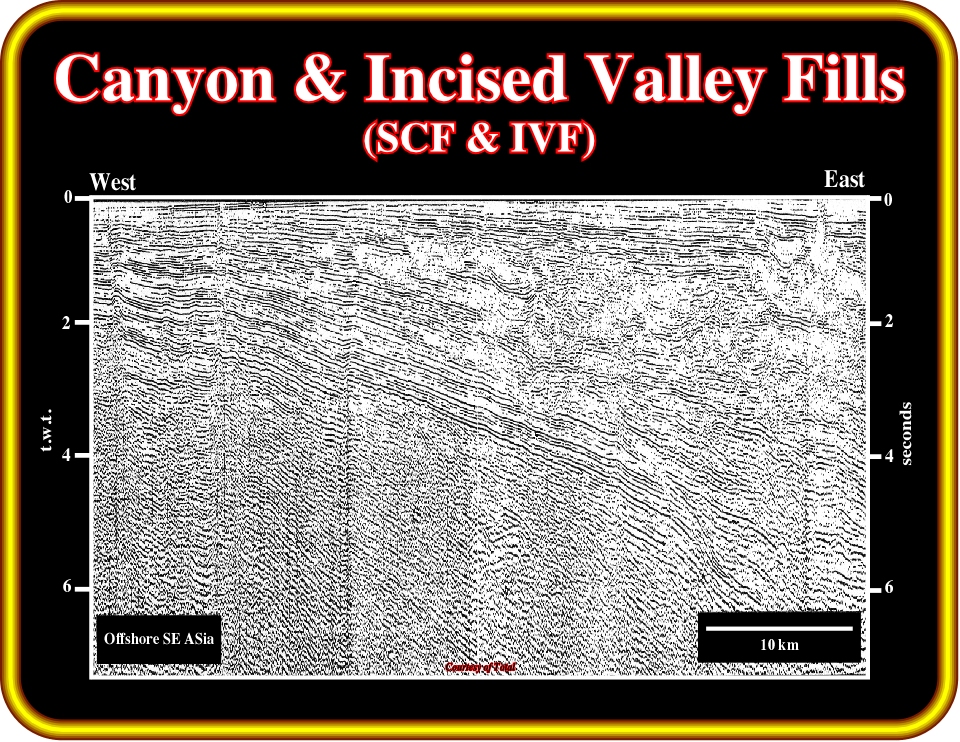
Plate 474 - The sequential analysis of this regional seismic line from offshore SE Asia indicates several unconformities emphasized by incised valleys and submarine canyons. Using the enlarged right part of this line, illustrated on Plate 475, pick the more evident unconformities.

Plate 475- Use this enlargement of the previous seismic line (Plate 474), pick the more evident unconformities, either using onlap seismic surfaces or incised valley and submarine canyon fills, which are easily recognized in the upper part of the line. As you already noticed, you will be obliged to hypothesize the trace of the unconformity surfaces in the areas where the seismic quality is bad. Don't forget that the best seismic interpreter is the one that can better incorporate the Geology of the area where the seismic line was shot with less data.
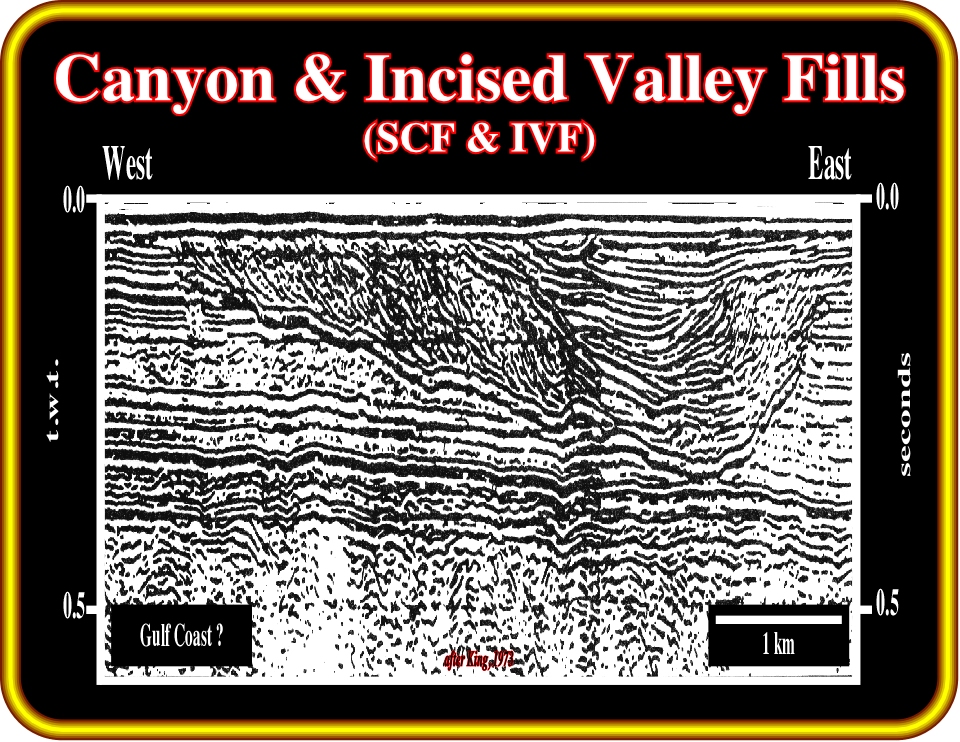
Plate 476- On this seismic line, you surely recognize a point bar partially filling an incised valley. Pick all reflection terminations and seismic surfaces. Then explain why the onlap surfaces recognized within the infilling sediments are not generally considered as unconformities (take into account the time of deposition and the time of erosion).
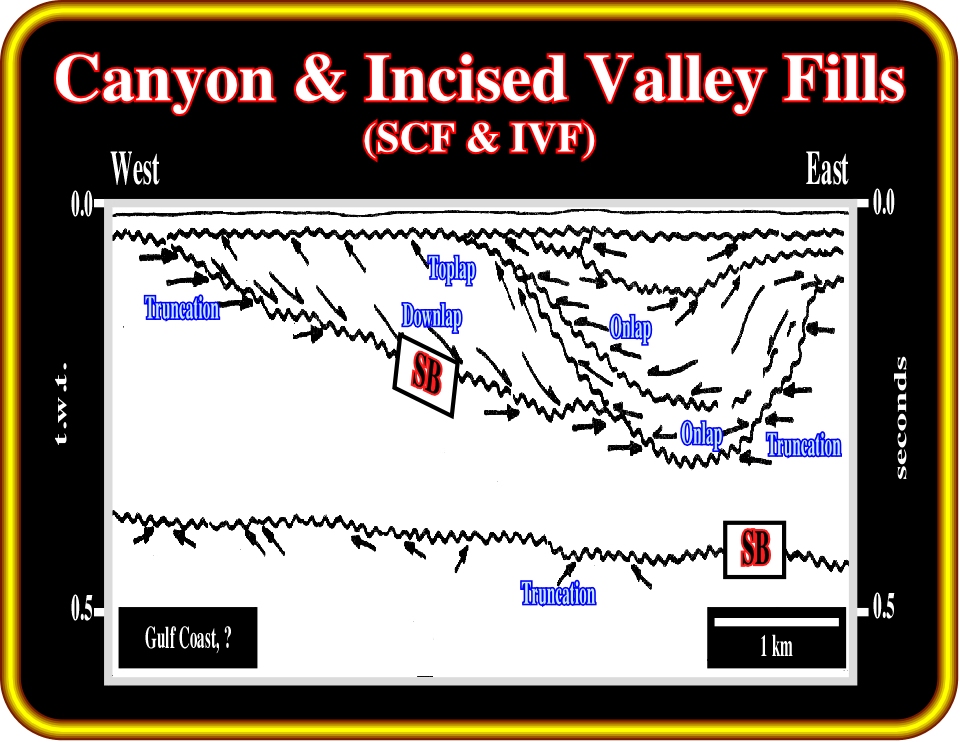
Plate 477- The majority of the reflection terminations of the seismic line illustrated on Plate 476 are here depicted. The truncated seismic surfaces represent the most missing sediments and time. They are likely cycle boundaries. The other seismic surfaces, particularly the onlap surfaces, cannot be considered as unconformities. The time of erosion is too small (in geological terms). In addition, deposition is coeval with erosion.
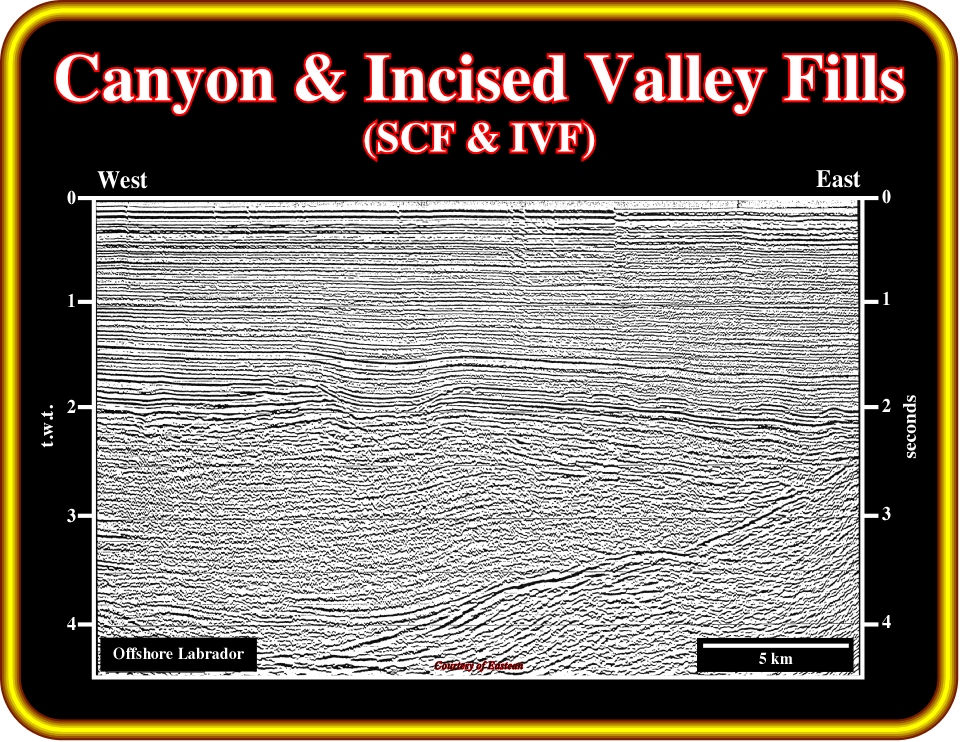
Plate 478- A major relative sea level fall seems to end a transgressive interval at around 2 seconds depth. Pick, in detail, the chronostratigraphic surface emphasizing such a sea level fall. Then, pick the other evident unconformities, i.e., those underlined by onlap and truncation surfaces.
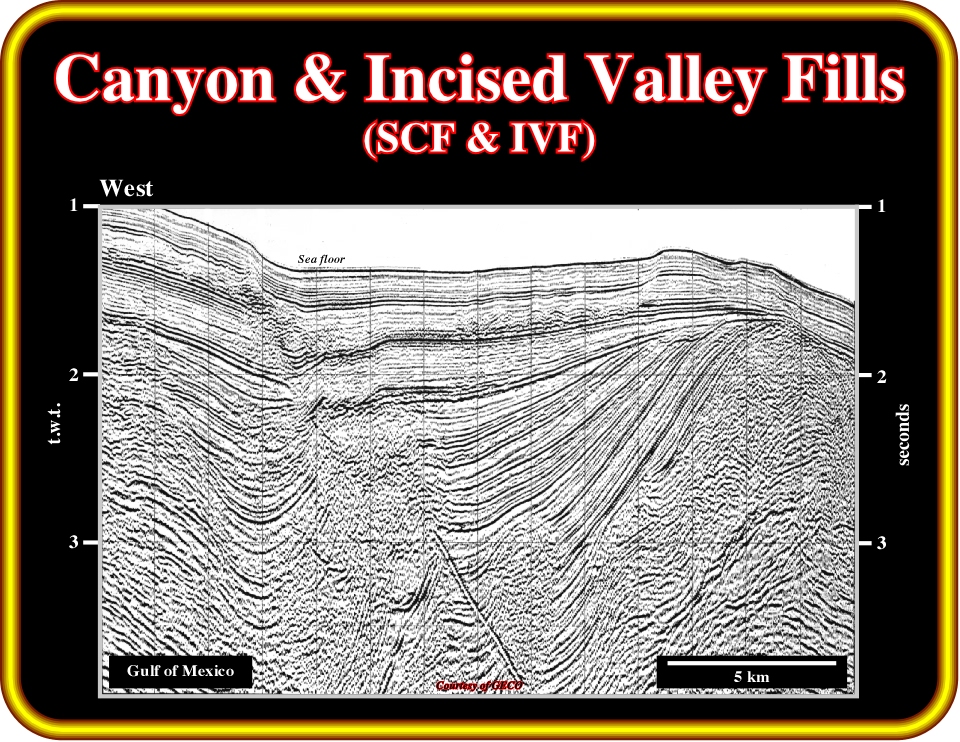
Plate 479 - On this seismic line, from the deepwater of Gulf of Mexico, pick the salt tectonically enhanced unconformities and the associated incised valleys and, or, submarine canyons.
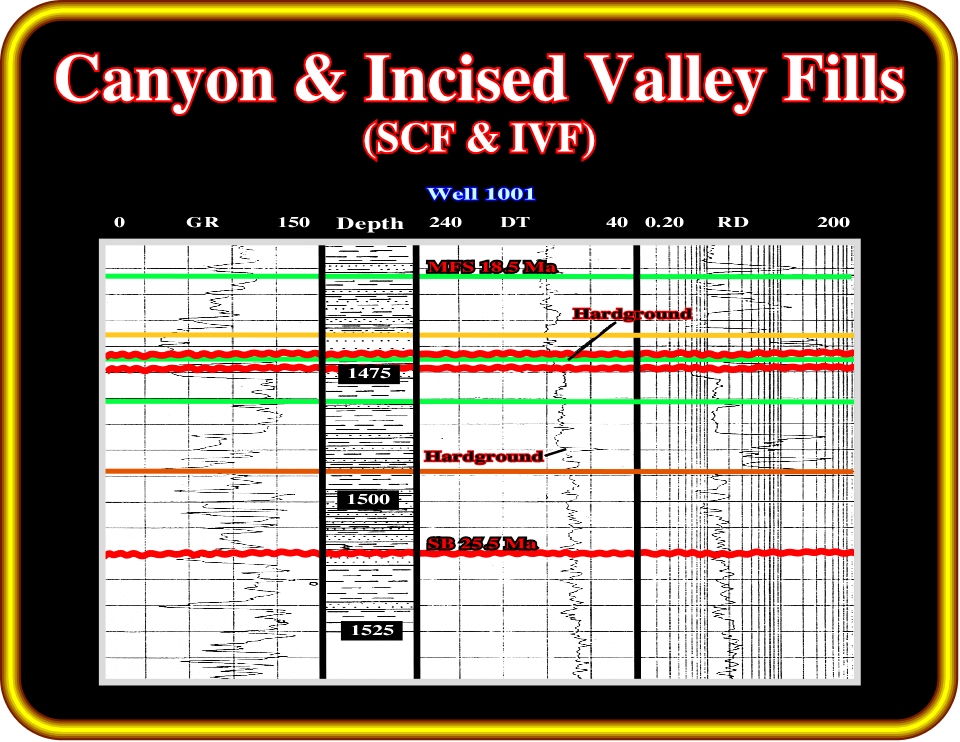
Plate 480 - Interpret these electrical logs in terms of sequential stratigraphy taking into account the proposed unconformities. Then propose an interpretation of the next seismic line (Plate 481).
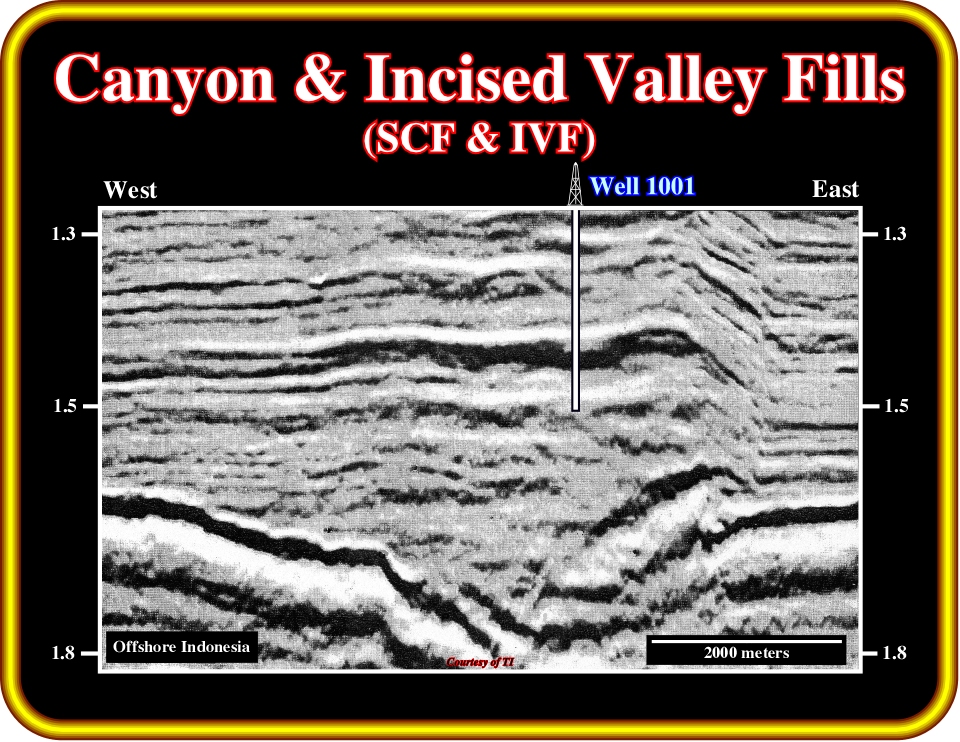
Plate 481 - Interpret this seismic line in terms of sequential stratigraphy. Do not forget that you must find several unconformities, and particularly an unconformity underlined by incised valley fills. In fact, on the electrical logs illustrated in Plate 480, at least, an incised valley is likely. Criticize your interpretation with the one proposed next .
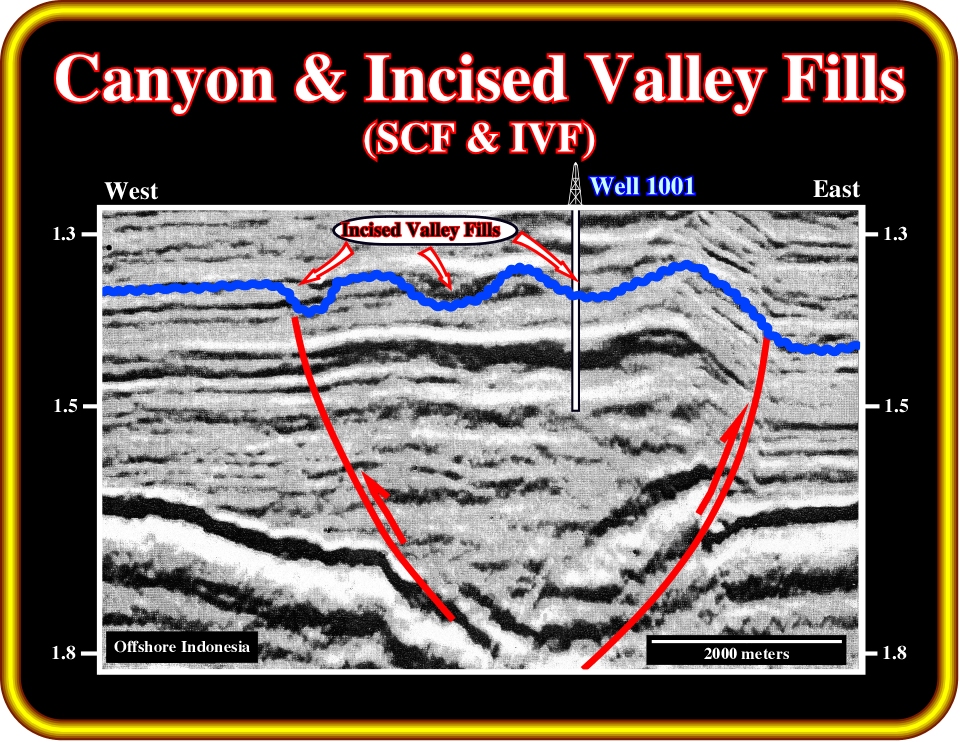
Plate 482 - On the interpretation of this line, the most likely unconformity, with associated incised valleys, seems to be the one indicated above. The fault movements are posterior to the erosional surface (unconformity). In a first phase, these faults played as normal, during the rifting phase of the back-arc basin, but later, during the compressional tectonic regimes, they were reactivated as reverse faults.

Plate 483 - On these line, pick the principal unconformities. Use the reflections terminations, i.e., the seismic surfaces and the incised valley or submarine canyon fills as control points.